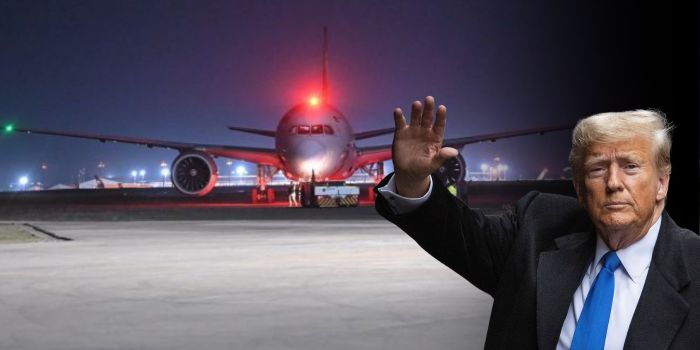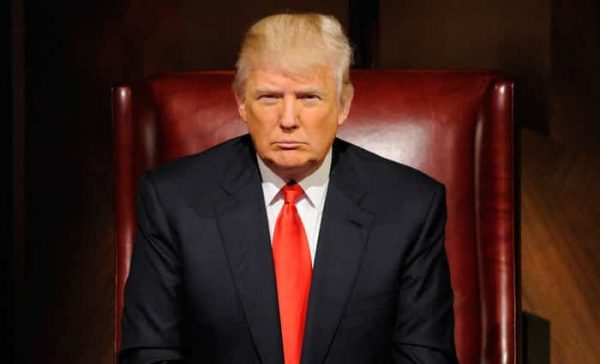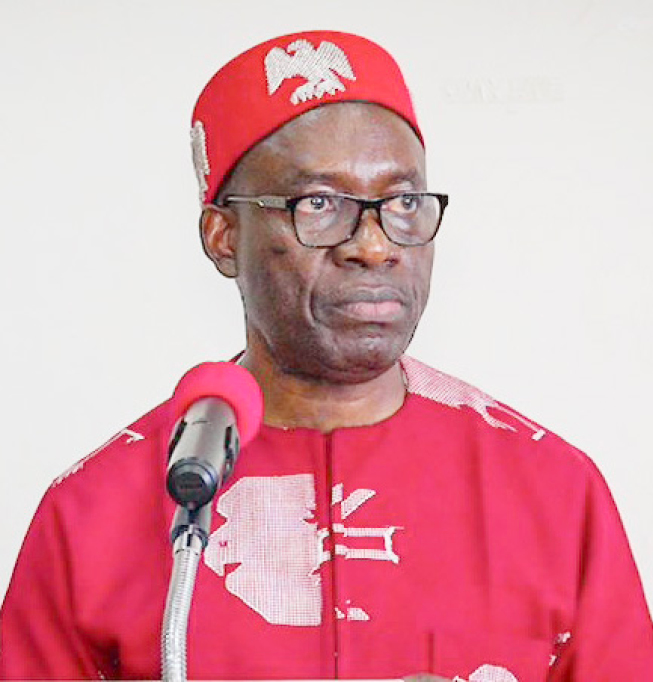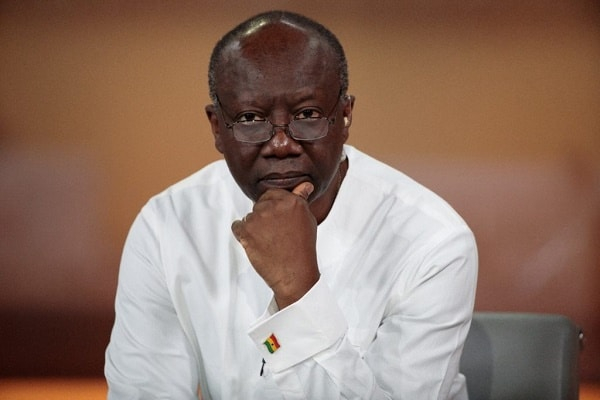How Trump's Policies Are Impacting Europeans Travel To The United States
Tuesday, June 3, 2025

Trump’s tough policies impact European tourism to the US, but visitor numbers show resilience, revealing a complex and evolving travel landscape.
President Donald Trump’s stringent immigration policies, widespread tariffs, and nationalist stance have raised concerns among potential European visitors to the United States. While these factors might seem likely to deter travelers, the actual data presents a more nuanced picture of tourism trends from Europe to the US.
According to statistics from the US tourism authority, arrivals from Western European countries experienced a significant dip in March, falling by 17 percent compared to the same period the previous year. However, this decline was followed by a notable recovery in April, with visitor numbers increasing by 12 percent year-on-year. This pattern indicates that while there may have been initial hesitations or disruptions, the demand for US travel from Western Europe remained resilient overall.
Focusing on specific countries, the German Travel Association (DRV) reported an even steeper drop in German tourists visiting the United States in March, registering a 28 percent decrease. Despite this sharp decline, the numbers rebounded strongly in April, rising by 14 percent. These fluctuations suggest that external factors, such as timing and economic conditions, played a significant role alongside political considerations in influencing travel decisions.
Travel uncertainty to the United States grew in late March as multiple European nations warned their citizens to carefully verify their travel documents before journeying to the US.. This precautionary measure came in response to highly publicized cases where European travelers were detained upon arrival and subsequently deported. Such incidents sparked apprehension among potential visitors, contributing to a perception of increased difficulty and unpredictability at US borders.
Beyond official warnings, anecdotal evidence has pointed to a growing trend of Europeans opting to delay or cancel plans to visit the US amid the changing political and immigration landscape. Travelers appear more cautious, weighing the risks of potential entry refusals or complications against the benefits of visiting.
Despite these concerns, the United States managed to see a positive trend in British tourism. Data from the US tourism office showed that British visitor numbers increased by 15 percent in April compared to the previous year, recovering from a 14 percent decline in March. This rebound highlights how shifts in timing and other factors can influence travel flows.
Economic experts have analyzed these patterns and suggested that the March decline in visitor numbers was partly due to the calendar positioning of the Easter holidays, which fell later this year compared to previous years. This shift likely impacted travel plans, with some tourists adjusting their trips accordingly. Additionally, the relative strength of the US dollar during this period made traveling to the United States more expensive for Europeans, potentially discouraging some from booking trips.
Nevertheless, analysts emphasize that the main drivers behind the fluctuating tourism figures go beyond timing and currency issues. They point to the polarizing political rhetoric and the policy decisions made by the administration as key factors shaping traveler sentiment. Increased border security measures and stricter immigration enforcement have heightened concerns about ease of entry, visa approvals, and the overall visitor experience.
Together, these elements create a complex environment for international tourism. While economic factors and holiday schedules certainly influence travel patterns, the broader political and regulatory context is equally important in shaping perceptions and decisions. For many European travelers, the United States is still a highly desirable destination, but the challenges surrounding entry procedures and uncertainties at immigration checkpoints have introduced a level of caution.
This evolving scenario highlights the delicate balance between policy enforcement and tourism promotion. As the US seeks to secure its borders and uphold immigration laws, it also faces the task of maintaining its appeal to international visitors, who contribute significantly to the country’s economy.
Looking ahead, the recovery in visitor numbers seen in April could signal that travelers are adapting to the new environment or that some of the initial fears have eased. However, ongoing attention to traveler concerns and a clear, transparent immigration process will be crucial to sustain and grow tourism from Europe.
While President Trump’s policies have undeniably influenced European travel behavior to the United States, the complete story involves a mixture of political, economic, and seasonal factors. The fluctuations in visitor numbers reflect this complexity, demonstrating that despite obstacles, the US remains an attractive destination for European tourists, though with increasing caution and scrutiny.
Estimates suggest that the “Trump effect” may lead to a 25 percent decline in the number of French tourists visiting the United States this year.
The French travel industry group, Entreprises du Voyage, reported an eight percent decline in French visitors to the US in March, followed by an additional 12 percent decrease in April. They also forecasted that summer travel from France to the United States might fall by 11 percent.
The World Travel and Tourism Council, which represents leading tourism businesses, warned that the US tourism industry—already affected by fewer visitors from Canada and Mexico—could face a loss of $12.5 billion in foreign visitor spending this year.













